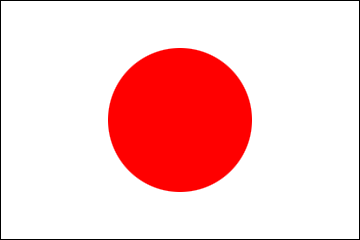Letter from Cebu (6) ”Relations between Japan and Cebu – During WW-II and After”
2022/8/10
Letter from Cebu (No.6)
“Relations between Japan and Cebu – During WW-II and After”
“Relations between Japan and Cebu – During WW-II and After”
After the outbreak of the Pacific War on December 8, 1941, Japanese Imperial Army occupied Manila on January 2, 1942, and three months later, Japanese forces landed on Cebu on April 10th. Japanese forces aimed at using their base in Cebu as a stronghold for controlling Visayas region. The landed forces included the 35th Army headed by Lieutenant General Kataoka, Ship Engineer Corps headed by Lieutenant Colonel Kito, and Imperial Japanese Marines headed by Rear Admiral Harada. They constructed a Naval airbase and a runway later.
On the other hand, some Filipinos became guerrilla fighters to resist the occupation by Japanese forces. American Lieutenant Colonel James M. Cushing, who was a mining engineer before the war, commanded the Filippino guerrillas against Japan on Cebu.
The 173rd Independent Infantry battalion headed by Lieutenant Colonel Onishi was sent to Cebu in January 1944 to combat the guerrillas. The battalion had experiences of anti-guerrilla warfare in China, so they successfully suppressed guerrilla activities in Cebu. But, the success meant severe damage to the Philippine side. Local people’s grudge against the battalion was so strong that they accused, after the war, Lieutenant Colonel Onishi of having committed war crimes, and Onishi faced Far Eastern Military Tribunal in Manila as a suspect of a B/C class war criminal.
The 33rd special base forces of the Navy was formed in Cebu in August 1944. The base forces were mainly composed of surface surveillance force, land surveillance force, anti-air force, submarine base force, torpedo ships force and naval air force.
Overall military situation of the Pacific War tilted towards the US forces. Japanese and US forces had decisive battles in Leyte. Japanese base in Cebu played a role of supporting the battles. US forces led by General Douglas MacArthur landed on Leyte on October 20th 1944. Before the landing, hundreds of US military aircraft bombed the Cebu bases and surrounding areas from September 12 to 14, 1944, and destroyed a number of zero fighters deployed there.
During the fierce battles between Japan and the U.S.in Leyte, the first Kamikaze special attack team was launched from the naval air base in Cebu. The Kamikaze attacks were repeated until January 1945.
Eight special submarines were deployed in Cebu. These submarines conducted 11 operations from January 3rd to March 23rd, having sank with their torpedoes 21 ships including 11 transport ships, 4 destroyers, 1 seaplane tender, 1 unknown ship.
The US forces occupied Manila on February 3, 1945. One and a half month later, on March 26 1945, US forces landed on Cebu. The number of US forces was about 15,000. Japanese forces had the similar number of soldiers (Army 8600, Navy 5300) but the US firepower was overwhelming. Nevertheless, Japanese forces resisted at a stronghold, where the statute of goddess of mercy is located, until April 16. When the stronghold fell, remaining Japanese moved to the north of the island, being engaged with sporadic fighting. They finally surrendered after August 15, 1945 when the war ended. The number of Japanese killed and died of diseases (e.g. malaria, and dysentery) seemed to have exceeded 6,000.
On the other hand, some Filipinos became guerrilla fighters to resist the occupation by Japanese forces. American Lieutenant Colonel James M. Cushing, who was a mining engineer before the war, commanded the Filippino guerrillas against Japan on Cebu.
The 173rd Independent Infantry battalion headed by Lieutenant Colonel Onishi was sent to Cebu in January 1944 to combat the guerrillas. The battalion had experiences of anti-guerrilla warfare in China, so they successfully suppressed guerrilla activities in Cebu. But, the success meant severe damage to the Philippine side. Local people’s grudge against the battalion was so strong that they accused, after the war, Lieutenant Colonel Onishi of having committed war crimes, and Onishi faced Far Eastern Military Tribunal in Manila as a suspect of a B/C class war criminal.
The 33rd special base forces of the Navy was formed in Cebu in August 1944. The base forces were mainly composed of surface surveillance force, land surveillance force, anti-air force, submarine base force, torpedo ships force and naval air force.
Overall military situation of the Pacific War tilted towards the US forces. Japanese and US forces had decisive battles in Leyte. Japanese base in Cebu played a role of supporting the battles. US forces led by General Douglas MacArthur landed on Leyte on October 20th 1944. Before the landing, hundreds of US military aircraft bombed the Cebu bases and surrounding areas from September 12 to 14, 1944, and destroyed a number of zero fighters deployed there.
During the fierce battles between Japan and the U.S.in Leyte, the first Kamikaze special attack team was launched from the naval air base in Cebu. The Kamikaze attacks were repeated until January 1945.
Eight special submarines were deployed in Cebu. These submarines conducted 11 operations from January 3rd to March 23rd, having sank with their torpedoes 21 ships including 11 transport ships, 4 destroyers, 1 seaplane tender, 1 unknown ship.
The US forces occupied Manila on February 3, 1945. One and a half month later, on March 26 1945, US forces landed on Cebu. The number of US forces was about 15,000. Japanese forces had the similar number of soldiers (Army 8600, Navy 5300) but the US firepower was overwhelming. Nevertheless, Japanese forces resisted at a stronghold, where the statute of goddess of mercy is located, until April 16. When the stronghold fell, remaining Japanese moved to the north of the island, being engaged with sporadic fighting. They finally surrendered after August 15, 1945 when the war ended. The number of Japanese killed and died of diseases (e.g. malaria, and dysentery) seemed to have exceeded 6,000.
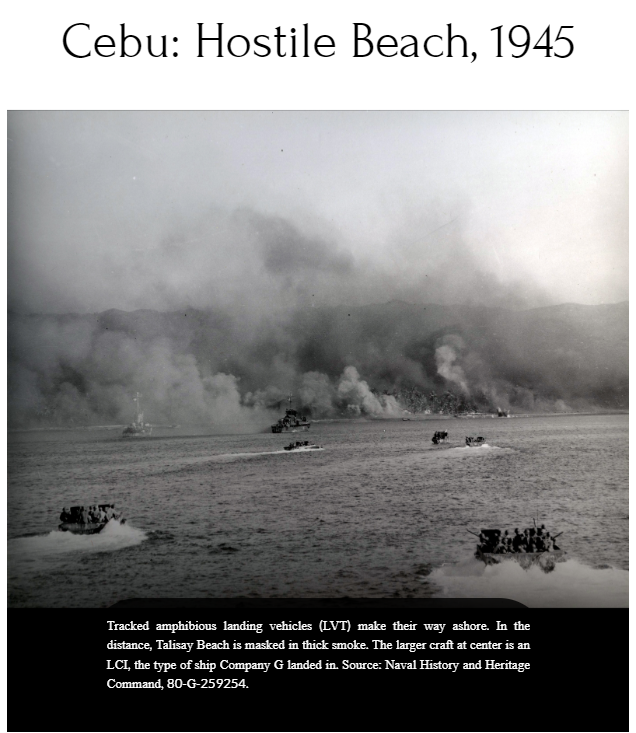
(Source 182nd Infantry Link: www:182ndinfantry.org/cebu-hostile-beach-1945/)
(Contributor: Naval History and Heritage Command)
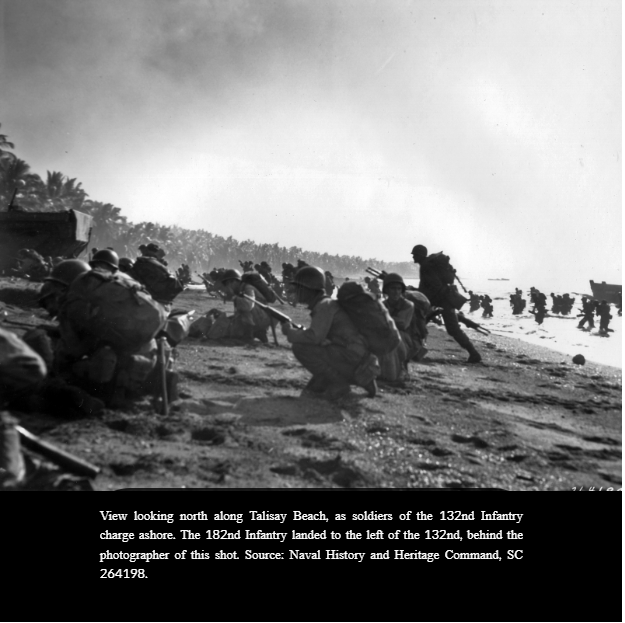
(Contributor: Naval History and Heritage Command)
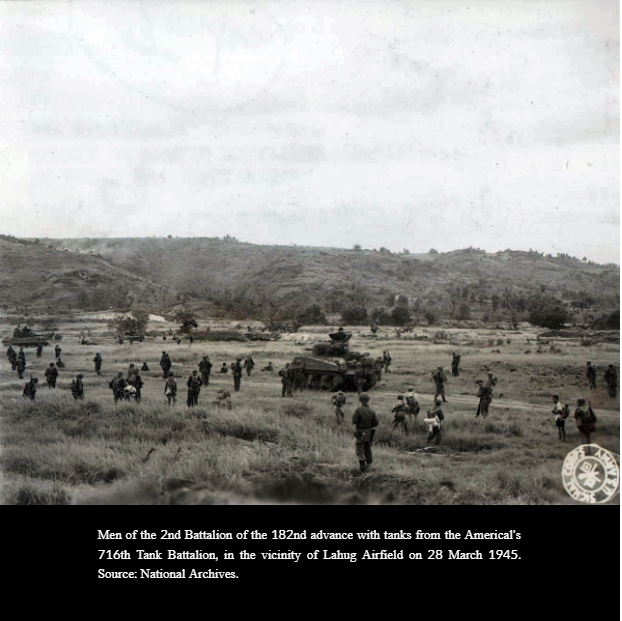
(Contributor: National Archives)
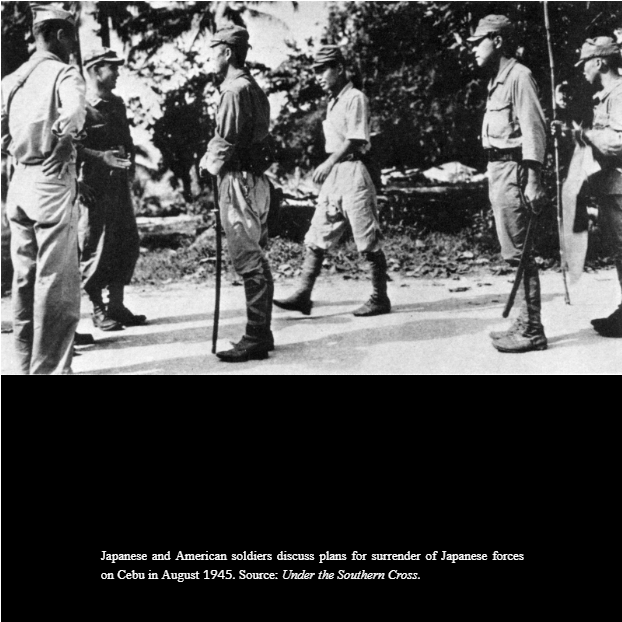
(Contributor: Under the Southern Cross)
After the war, there were strong and long-lasting anti-Japanese feelings among the people in Cebu and in the Philippines due to the invasion, occupation of their land by Japanese forces and a number of deaths of the local people during the Japanese occupation and battles with the US forces.
Mr. Akira Oka, who was President and Vice-President of Japanese Association in Cebu in the late 1980s to early 2000s, once told that when he visited Cebu in 1957, anti-Japanese feelings among the local people were so strong and fierce, that he had to conceal his identity as Japanese.
We can witness the strong anti-Japanese feelings among the Filipinos in the fact that the Treaty of Amity, Commerce and Navigation between Japan and the Philippines was signed between the two governments on December 9, 1960, but has never been ratified by the Philippine side due to the strong opposition of the Senate, until former President Marcos ratified it on December 27th 1973, using his Presidential authority. (The treaty came into force on January 27th 1974.)
Even in 1975, it is said that less than 20 Japanese lived in Cebu. It was in 1982 that a new Japanese Association of Cebu was established. More than Forty years had passed by that time, and the memory and footprints of Japanese living in Cebu before the war were wiped out. There is a big divide between Japanese communities before and after the war.
Hideki YAMAJI
Consul General of Japan in Cebu
Consul General of Japan in Cebu
(Reference)
Cebutoh-Tsushin, July 1996, Vol 34
Cebutoh-Tsushin, September 1998, Vol 47
“Yama-no-heitai” Nobuo Yanai, Kotsu Kyoryokusha, 1987
“Liloan” Liloan-kai 1990
“Saraba Cebutoh no rakujitu”, Jun Mantamura Okokusha, 1975
(end)
